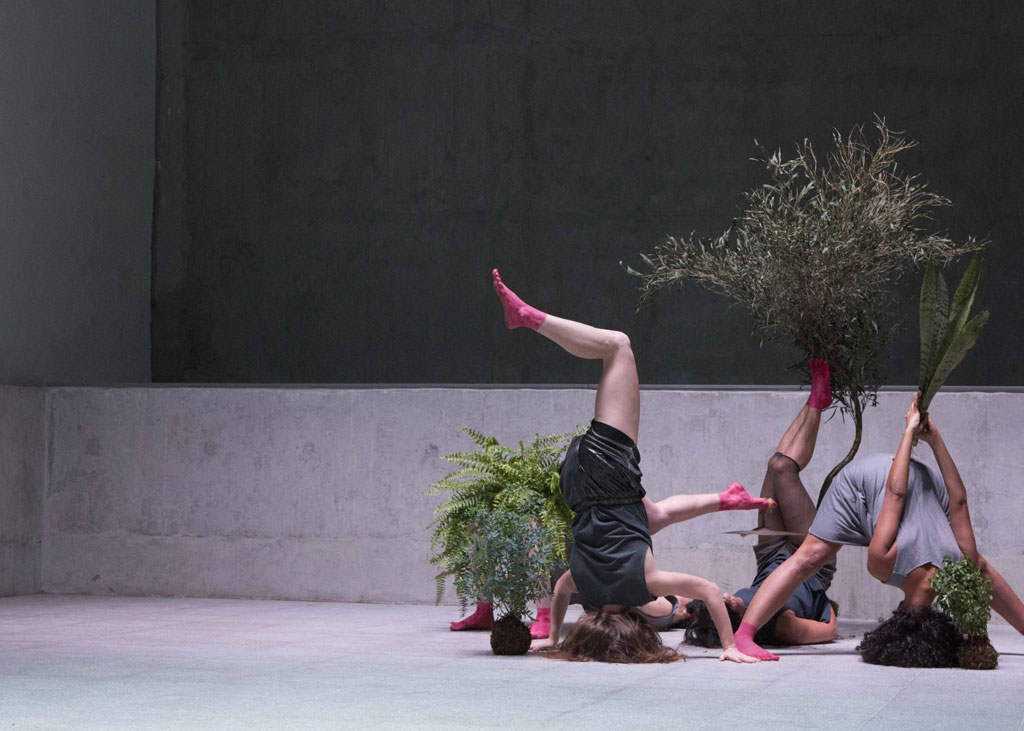BIENNALS:Luleå Biennial 2020
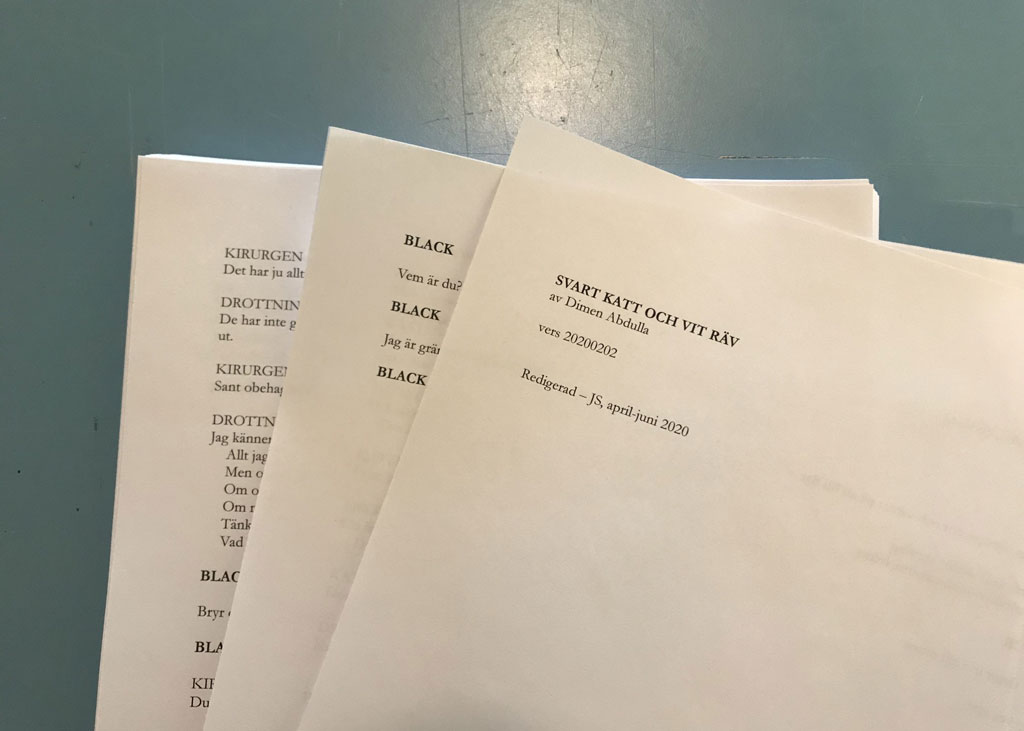 The Luleå Biennal is an international biennial for contemporary art situated in Norrbotten, the northernmost region in Sweden. This landscape has formed a point of departure for the biennials thus far. The geographical position of Norrbotten, with its proximity to Finland and Russia, has historically made the area an active military zone. A loaded and strategic frontier from which a whole town, surrounded by five fortresses, emerged from the land to defend it against intruders. This area is also rich in water, iron ore, and wood.
The Luleå Biennal is an international biennial for contemporary art situated in Norrbotten, the northernmost region in Sweden. This landscape has formed a point of departure for the biennials thus far. The geographical position of Norrbotten, with its proximity to Finland and Russia, has historically made the area an active military zone. A loaded and strategic frontier from which a whole town, surrounded by five fortresses, emerged from the land to defend it against intruders. This area is also rich in water, iron ore, and wood.
By Efi Michalarou
Photo: Luleå Biennial Archive
The Luleå Biennial stretches across the vast region of Norrbotten with its heavy industries, mining landscapes, high-tech research centers, unique nature and the historical homeland of the Sami people, Sapmi – plays host to one of the world’s northernmost art events. This time, the biennial is taking place in Luleå, Boden, Malmberget, Storforsen, Arjeplog and Korpilombolo – in an evacuated school, in a church, at a silver museum, at art centers, in a former prison and at Norrbotten’s Regional Museum. Alongside of numerous exhibitions, the 2020 edition will also include a touring literature program, theatre, radio and an online journal. The 2020 Luleå Biennial grapples with the question of what ”realism” could mean today both as a concept, expression and paradigm. Through their works, the invited artists tell of realities related to society as a system (bureaucracy and logics of mass media and industrial infrastructure) but they also break into, challenge and topple these reigning arrangements; through strikes, the psyche, theatre, magic and, not least, art itself. Realism emerged as an art historical concept in the second half of the 19th century and remained prominent into the first half of the 20th. This multifarious project grew out of a general interest in portraying society as it actually appeared in all its roughness and mundanity and injustice. On the one hand, realism pro-posed a set of aesthetic conventions, but more than that it meant the introduction of a new world of motifs to art. The realistic project was initially led by an intellectual bourgeoisie, but would since come to involve art and literature in which the working class asserted itself as both topic and agent. With its more blatant political edge, this later period is often referred to as social realism or socialist realism. When we choose to look back on the tradition of realism and place it in our degenerating contemporary time, it is without a sense of obligation towards history. What we are revisiting is the artistic ambition to make the world appear whole. In such a practice there is both courage and madness; an act of inhibition that requires you to engage with the impossible and forge together the splinters of a broken world in order to make sense of it. On the small and large scale, the artists in the biennial present their own perspectives on how to organize the world. In collaboration with Sweden’s Public Art Agency and the curator Edi Muka, the biennial presents Woven Songs, a series of existing and newly commissioned works that are integrated into the exhibitions or appear in public spaces in Norrbotten. This exhibition within the exhibition questions something as immediate as the earth and how we live our lives on it. This earth that accommodates at once a profane and magical symbolism, and figures a material ground for both sanctity, life and death, all directly beneath our feet.
Participating artists: Dimen Abdulla, Linnea Axelsson, Chto Delat, Elisabete Finger & Manuela Eichner, Giorgi Gago Gagoshidze, Aage Gaup, Beatrice Gibson, Apostolos Georgiou, Maria W Horn, Thomas Hämén, Susanna Jablonski, Ingela Johansson, Kapwani Kiwanga, Birgitta Linhart, Hanna Ljungh med Mattias Hållsten, Michele Masucci & Karl Sjölund, Fathia Mohidin, Santiago Mostyn, Christian Nyampeta, Ingrid Ogenstedt, Didem Pekün with KHORA, Charlotte Posenenske, Sofia Restorp, Iris Smeds, Augusta Strömberg, Cara Tolmie, Isak Sundström, Erik Thörnqvist, Tommy Tommie, Danae Valenza, Ana Vaz, Mats Wikström, Peter Weiss & Hans Nordenström, Måns Wrange and Markus Öhrn.
Photo: Dimen Abdulla, Black Cat and White Fox, 2020, © Dimen Abdulla, Courtesy the artist & Luleå Biennial
Info: Curators: Karin Bähler Lavér, Emily Fahlén and Asrin Haidari, Luleå Biennial 2020, Luleå, Norrbotten County, Sweden , Duration: 21/11/2020-14/2/2021, Venues: Luleå Art Center, the former prison Vita Duvan, Luleå University of Technology, the Storforsen waterfall, the Museum of Norrbotten, Galleri Syster, Havremagasinet Regional Art Center in Boden, the Arjeplog Silver Museum, Välkomma High School in Malmberget, and the Korpilombolo Night Festival, https://www.luleabiennial.se
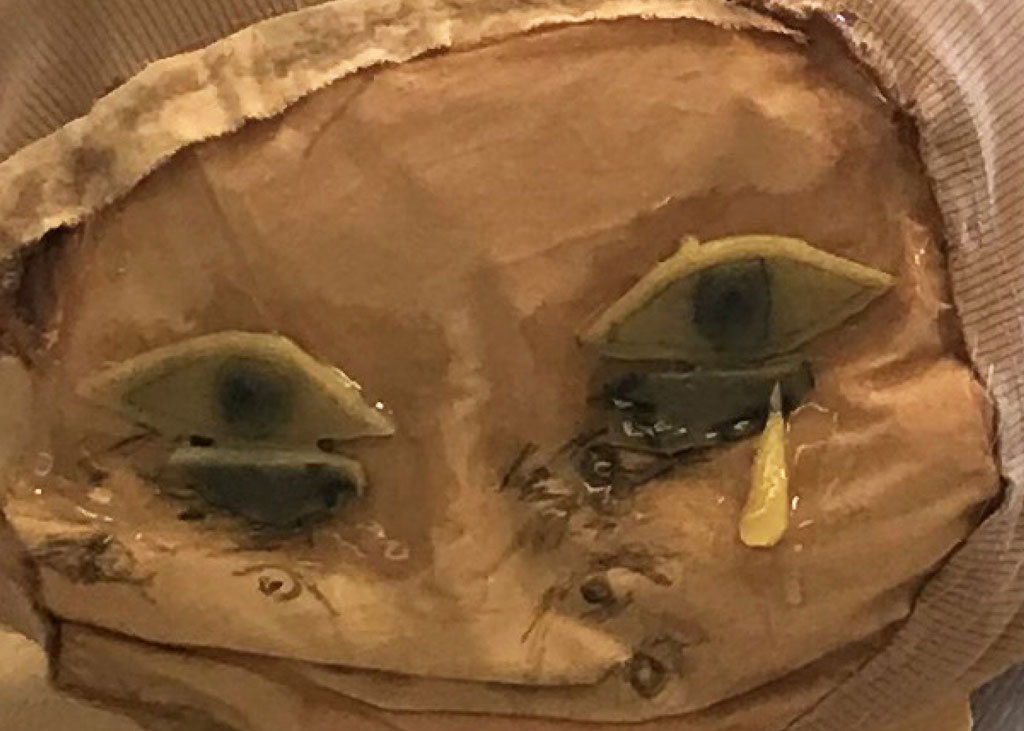

Right: Maria W Horn, Monument, 1993. Coffee, porcelain, wood, plastic, motorised pump, © Maria W Horn, Courtesy the artist & Luleå Biennial
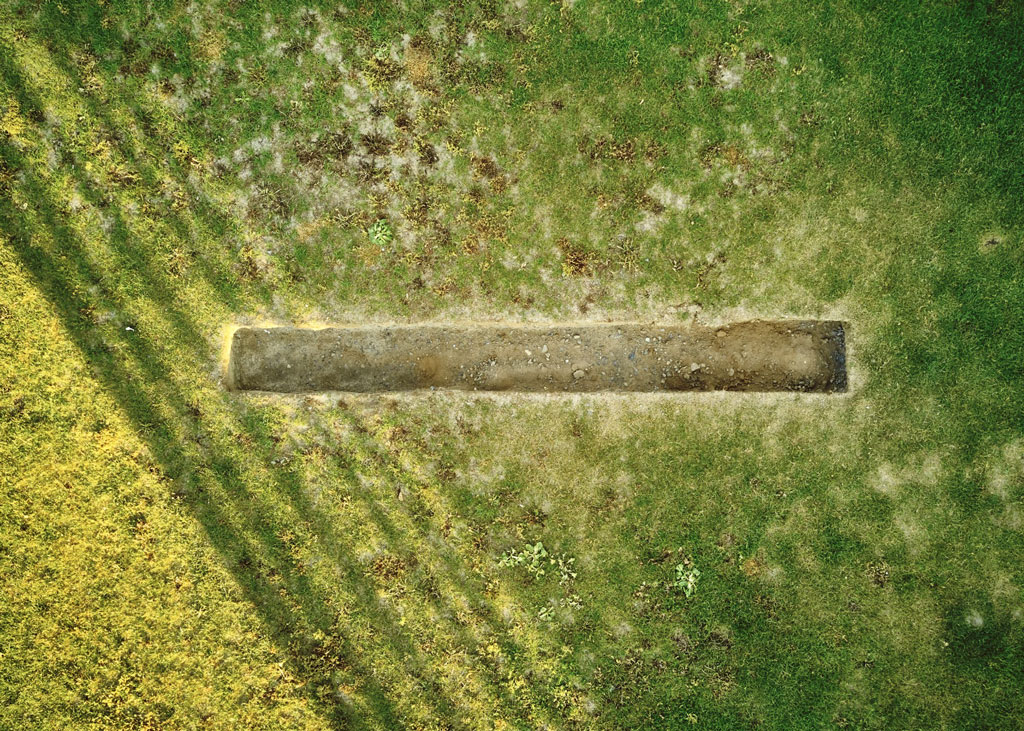
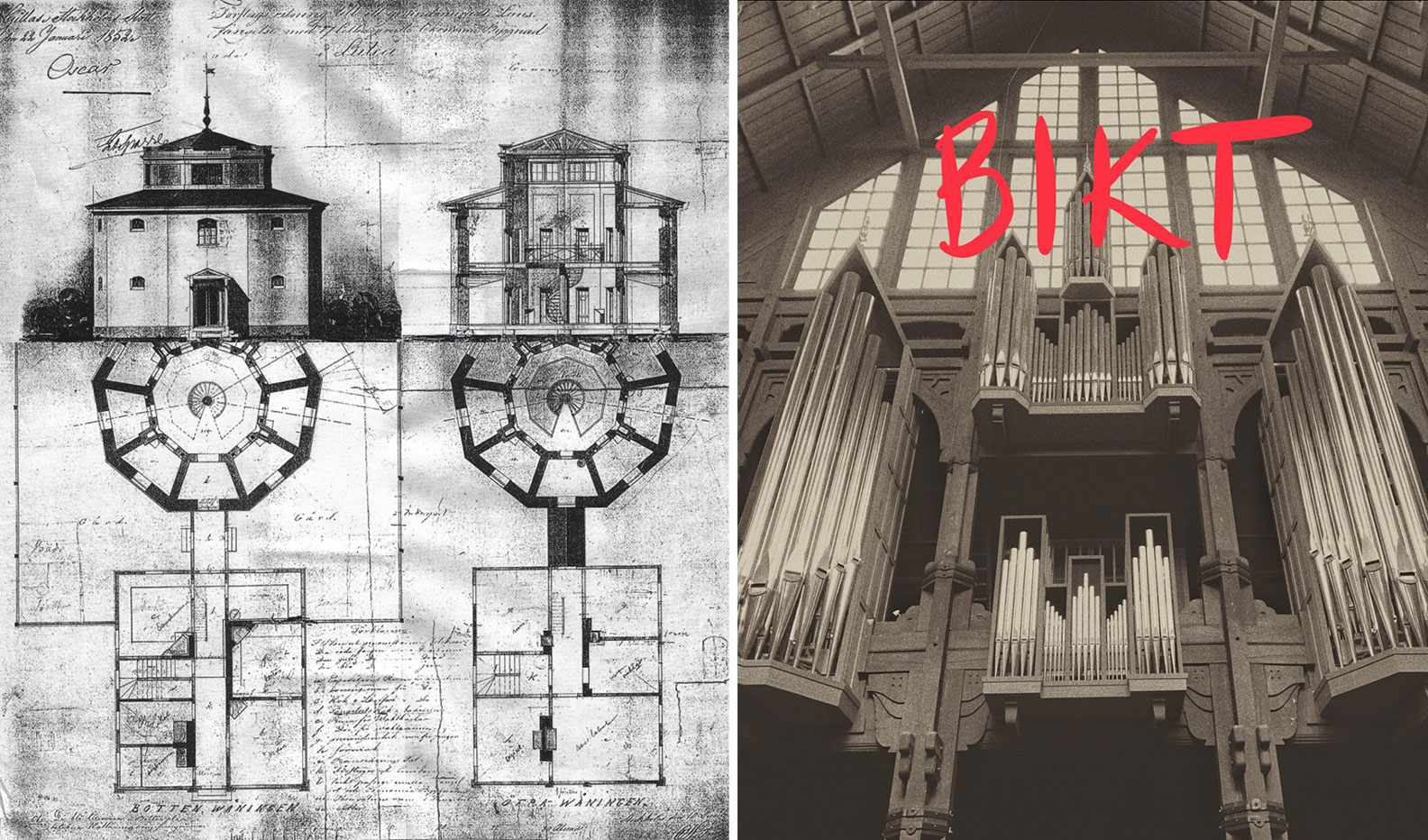
Right: Markus Öhrn, Bikt, 2020, © Markus Öhrn, Courtesy the artist & Luleå Biennial
